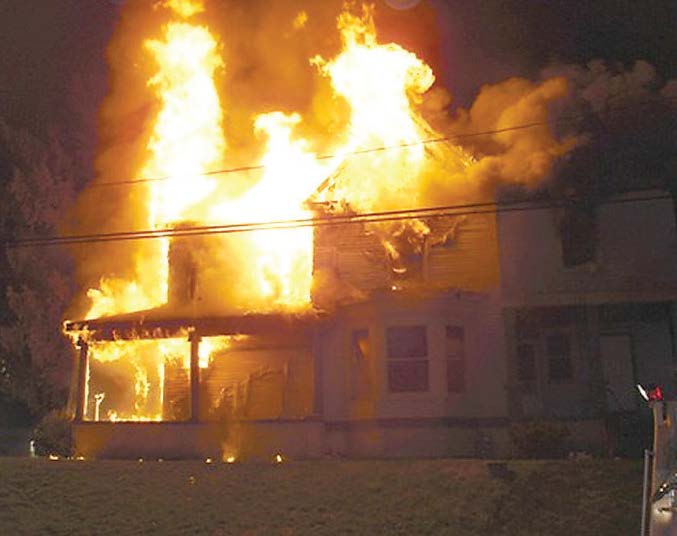

Surfaces that are dull and rough are the best emitters. Surfaces that are smooth and shiny are poor emitters. If the surface isn’t a good emitter of heat, the amount of heat that’s detected by a TIC will be inaccurate. Buildings contain many different surfaces, layouts, and areas that might or might not allow heat energy to pass through. You also must understand the object that you are pointing the camera at. Study the targetĪn understanding of how you can better utilize a TIC during size-up only begins with understanding the TIC.
#FIREGROUND SIZEUP FULL#
This brings the full surface of the window and its surrounding area into the picture, covered by the greatest number of pixels. During the size-up of a building, such objects can include shrubbery, outdoor furniture, building additions and vehicles.Īlso, because infrared radiation travels in straight lines, when you look at a heat source through an unbroken window, your best view will be from straight on. Because of this, you must be mindful of any object that might obstruct or insulate your view of a heat source. Infrared radiation travels in straight lines in other words, it won’t move around an object that’s in its path. Thus, inappropriate physical positioning is a common cause of missing valuable information when using a TIC.

Physical positioning in relation to the target often is given little thought. With training and experience using the TIC, the amount of time that this takes will decrease, because thermal cues will become apparent to you more quickly. However, with either TIC, the scan must be slow enough to allow your eye to see and your brain to interpret the entire image. If you are in the situation of using a 9-Hz TIC, you must scan much more slowly than when you scan using a 30-Hz TIC.

Finishing the scan every time ensures that you see the full effects of the fire on the entire structure, not just the first thermal cue that presents itself to you.Īfter you instill the habit of scanning the entire structure, you must learn to scan at the proper speed. Starting at the bottom ensures that you don’t stop at the first sign of heat exhausting or collecting at the top of the structure.

The preferred method is to scan the building from bottom to top and completing the scan each time without stopping at the first cue. Scanning the whole scene begins with building a habit of scanning in the same manner all of the time. In the stressed environment of a fire, one can be hurried into failing to scan the whole scene with the TIC. This simple and obvious statement is the root for why many thermal cues are missed. Scanning mechanicsīecause it’s imperative for you to know the capabilities of the TIC that you are using (see “Types of TICs”), it’s equally imperative for you to realize that the TIC only can see what you aim it at. This ensures that you don’t spend precious time without gaining equally valuable intelligence about what lies before you. In other words, decision must be augmented by knowledge and practice. Opting to use the TIC in this manner is a forward-thinking decision, but the TIC’s information is only as good as the end user’s ability to properly utilize the camera and to interpret its display. However, for it to do so, you must understand the tool and its proper application. Any amount of time that’s sacrificed unnecessarily potentially allows the problem to grow unchecked if resources aren’t deployed and aren’t effective.Ī thermal imaging camera (TIC) can give you an enhanced view during size-up. Size-up must be performed not just skillfully but also quickly. Size-up also provides an opportunity to perform last-minute reconnaissance of a dynamic situation for which the consequences of poor performance can to the loss of life or, at minimum, increased property loss. Many cues that might be noticed during the initial size-up of a fire can provide valuable insight, such as the fire’s location, high priority areas for search and unsafe conditions. Conducting an adequate size-up of any incident to provide for safe, efficient and effective operations.


 0 kommentar(er)
0 kommentar(er)
